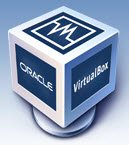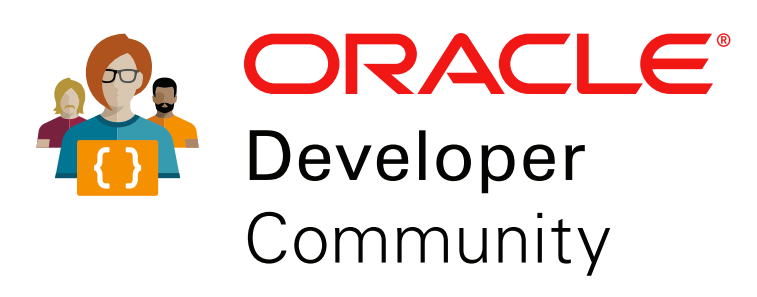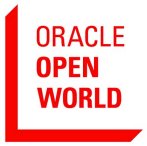 There is an interesting conversation on Twitter at the moment, which in my head comes down to one simple question.
There is an interesting conversation on Twitter at the moment, which in my head comes down to one simple question.
Do you have an obligation to your audience?
I’m not going to link to the conversation, and I don’t think the specific subject in question actually matters. I care more about the bigger picture.
Over the last 17+ years of being a content producer and the last 10+ years of being a presenter I’ve wrestled with this question numerous times.
Content Production
On the content production side I have split my content into two parts. Purely technical stuff goes on the website. Opinions and other random stuff go on the blog. This setup works for me because I don’t feel bad about putting anything out on the blog. In the past I used to post movie and book reviews and I was totally fine with that because the blog was more of an online diary, not a technical archive. The concepts of integrity and honesty don’t come into the purely technical material on the website because it is essentially just how-to articles, so provided they are accurate it’s all good. It’s in the opinions on the blog where integrity and honesty matter.
In my opinion, my only obligation to the audience is that I am honest. The things I say must be what I believe.
I may be naive or badly informed. If my opinion changes over time, that will no doubt be reflected in my content. It doesn’t mean I’ve lied in the past. People are allowed to change their opinions…
That is a standard I hold myself to, not necessarily what I believe others have to do. Each person has to make up their own mind and follow their own path. We do not have to agree on this.
Conference Presentations
I’m specifically talking about conference presentations here, not teaching in a class situation. That’s a whole different ball game!
Presenting is an odd thing, because on one hand you are not being paid, so you don’t owe the audience anything, but on the other hand the audience have often paid to be there, or at least are giving you their time, so you owe them the courtesy of doing the best job you can. It feels kind-of contradictory. 🙂
In my opinion, my obligations to the audience are:
- I must care about the content.
- I must deliver what I say I will deliver.
- I must be honest with the audience about my level of experience in the subject.
- I must be honest about my opinions on the subject.
- I must be a genuine version of me, minus the swearing.
To elaborate…
I have only ever done one presentation on a subject I didn’t care about and it was soul destroying. I swore I would never do that to myself again.
Pitching a session is difficult, but as long as you delivery what you say you will and the information is accurate, it’s not your fault if people have chosen to come to “the wrong session”. Part of delivering what you say you will is to have a session of a reasonable quality. Quality is subjective and my standards may not match yours. My presentation style is quite relaxed and I’m scruffy, so some people would say I’m not very professional. If you prefer to see someone in a suit with a formal presentation style don’t come to see me. 🙂
I see a number of presenters who position themselves in a way which suggests they are experts in a specific subject, when I know they are not. I feel this is dishonest. You don’t have to be an expert to give an interesting and valuable presentation. In many cases, the newbie “transitional” sessions are more interesting as you see the problems you are likely to face along the path. I like to think I am honest about what I do and in most of my presentations I say I’m just a regular DBA/developer that writes and presents about the stuff I do.
As with the written content, I’m not going to stand on stage and say something I don’t believe. I am aware a certain section of the community believe any involvement in evangelism programs means you have been bought (see Oracle ACE = Oracle’s Bitch?). If you are of that belief, there is little I can do to convince you other than continue to be myself and hope one day you get the message.
I’ve lived long enough to know that trying to present yourself as something you are not never works out well. Sooner or later people find out the truth and you look like a fool. On stage I try to be me. I speak a little slower and I *try* not to swear as I know some people don’t like that. I don’t want to alienate the audience, but at the same time I will not pretend to be someone I am not.
Conclusion
I have a set of standards I think work for me and I am happy with. Other content producers and presenters should follow their own path and do what they believe is right. My rules are for me, not the rest of the world.
As a member of the audience, you have the right to your own opinion, but you have no right to demand something of the creator/presenter. If you like what they do, great. If not, don’t read their work and/or don’t go to their presentations. Feel free to give constructive criticism and session evaluations, but don’t be offended if it is ignored. We don’t have to agree! 🙂
Cheers
Tim…
PS. I guess I should say, I’ve probably not always lived up to these standards, but it’s a journey babe!
 Just a quick note to let you know what I’m doing at UKOUG Tech17 during the 4th-6th December.
Just a quick note to let you know what I’m doing at UKOUG Tech17 during the 4th-6th December. There is an interesting conversation on Twitter at the moment, which in my head comes down to one simple question.
There is an interesting conversation on Twitter at the moment, which in my head comes down to one simple question. VirtualBox 5.2.0 has recently been released, which you can read about
VirtualBox 5.2.0 has recently been released, which you can read about 

 Here is my entry for the Oracle Developer Community
Here is my entry for the Oracle Developer Community  Time for a final post to summarize the craziness that was OpenWorld 2017. 🙂
Time for a final post to summarize the craziness that was OpenWorld 2017. 🙂